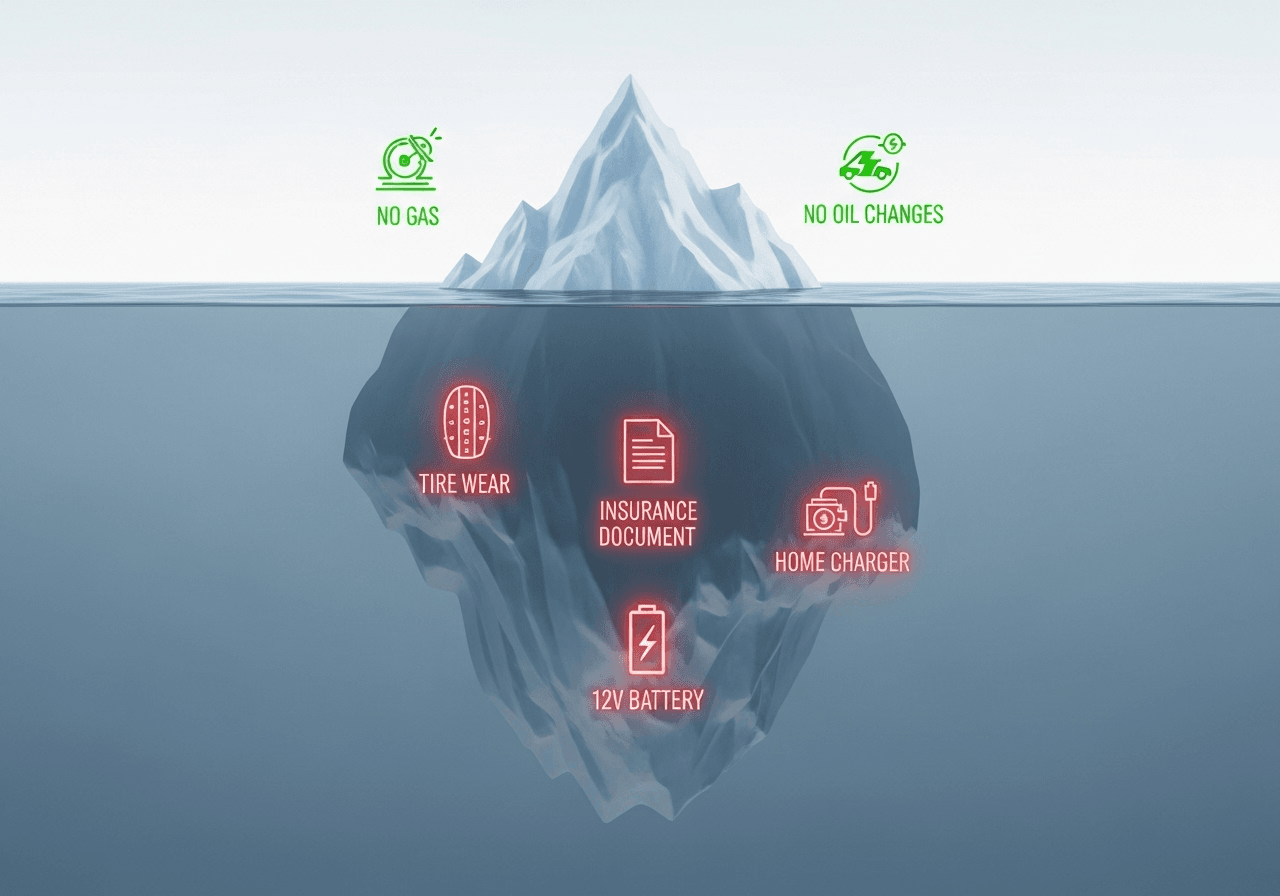With up to 100kWh of capacity and all-terrain tracks, these mobile power plants are in a class of their own. We break down the Commercial, Residential, and Mini models to reveal who should—and shouldn’t—buy into this rugged new ecosystem.
For years, the “portable power station” market has been a race of numbers—more watt-hours, more inverter power, more ports, all crammed into a familiar plastic box. But as these units have grown more powerful, a dirty secret has emerged: for anything over 2kWh, the word “portable” is a generous exaggeration. A 100-pound box is not something you carry; it’s something you lug, lift, and struggle with.
Komodo Power Tank: Field Runtime Calculator
Select your gear to estimate how long the Komodo will last on a single charge.
Select Your Equipment Loadout:
Runtime Estimate
Total Power Draw:
0 W
Estimated Runtime:
—
*Estimate based on a 2500Wh battery capacity with an 85% efficiency factor. Actual runtime will vary based on conditions and specific device power consumption.
This is the problem that a new, brutally practical innovation aims to solve. Meet the Komodo Power Tanks from Battery EVO.

These are not just power stations. They are self-contained, mobile power plants. By integrating high-capacity LFP batteries and powerful inverters into a rugged, all-terrain chassis with motorized tracks, Komodo has created a new category of device. It’s a hybrid of a home battery, a portable generator, and a miniature tank, designed with one goal in mind: to bring massive amounts of power to wherever it’s needed most.
But is this extreme design a brilliant leap forward or an over-engineered gimmick? At Vecharged, we analyze the engineering to give you the real story.

The Komodo Philosophy: Unboxing the Three Models
The Komodo ecosystem is built around a single, powerful idea: bringing massive, mobile power to places it has never been before. While the core technology is consistent—a high-quality LFP battery, a powerful inverter, and a rugged tracked chassis—the line is scaled for three distinct missions. Understanding the official, fact-checked differences is the key to choosing the right tool for the job.
| Feature | Komodo Mini | Komodo Residential | Komodo Commercial |
| Inverter Power | 3,000 W (3kW) | 11,000 W (11kVA) | 22,000 W (22kVA) |
| Battery Capacity | 4.2 kWh | 95 kWh | 100 kWh |
| Weight | 175 lbs (79 kg) | 2,700 lbs (1225 kg) | 2,800 lbs (1270 kg) |
| Nominal Voltage | 36V System | 76.8V System | 72V System |
| Max Solar Input | [Not Specified] | 14,000 W (14kW) | 14,000 W (2x7kW) |
| Onboard EV Charger | No | Yes (11kW Level 2) | Yes (11kW Level 2) |
| The Expert Take | A rugged, highly mobile power source for serious prosumers and outdoor work. | A complete, self-contained whole-home backup and off-grid power solution on wheels. | An industrial-grade mobile power plant for mission-critical commercial operations. |
The Key Innovations (And Why They Matter)
- The All-Terrain Tracks: This is the signature feature. For a unit like the Residential model that weighs over a ton, motorized tracks are not a luxury; they are a necessity that transforms a logistical nightmare into a one-person job.
- The 95-100 kWh Capacity: This is a monumental amount of energy, far beyond a typical “power station.”
- The 95kWh Residential model is a complete whole-home backup solution on wheels. It can run an entire modern home, including central air conditioning, for 2-4 full days during a blackout.
- The 100kWh Commercial model is an industrial workhorse, capable of powering heavy-duty tools, large event lighting, or an entire remote command post.
- The Integrated 11kW EV Charger: Including a high-power, Level 2 EV charger on the Residential and Commercial models is a genius move. It turns the unit into a powerful refueling station for your electric vehicle, perfect for off-grid properties or as an emergency backup.
- Massive 14kW Solar Input: The ability to connect up to 14,000 watts of solar panels turns the Residential and Commercial models into true, self-sustaining solar generators. In a sunny location, you can potentially generate enough power during the day to run your home and fully recharge the batteries.

The Reality Check: Who Are These Really For?
This new, official data makes the ideal customer for each unit crystal clear.
- Buy the Komodo Mini (4.2kWh) if: You are a serious prosumer, outdoor professional, or need to power a small, remote cabin. It’s the ultimate “power where you need it” solution on a smaller scale.
- Buy the Komodo Residential (95kWh) if: You are a homeowner who wants a complete, turnkey replacement for a fixed home battery system (like multiple Tesla Powerwalls) AND a backup propane generator. The Komodo is both, in a single, mobile package. It is the ultimate solution for whole-home energy independence.
- Invest in the Komodo Commercial (100kWh) if: You are running a serious commercial operation. The key difference is the significantly more powerful 22kW inverter, designed for running massive, high-draw industrial equipment—think large welders, compressors, and industrial machinery—that would overwhelm a residential system.
Frequently Asked Questions (FAQ)
- How do you connect to a Komodo?
The systems use standard, high-power connections. The Commercial and Residential models feature heavy-duty 175A Anderson plugs for solar (PV) and DC input, plus standard NEMA sockets (like a NEMA L14-30) for 120V/240V AC output to power a home or worksite directly. - Can you connect to the BMS for more info?
Yes. The system’s Battery Management System (BMS) connects to the BatteryEVO app on Android & iOS. This allows you to monitor cell health, charge status, and other critical data points. - What are the limitations?
The biggest limitation is also its strength: weight. Even the “Mini” at 175 lbs is not something you’re lifting into your car by yourself. These are designed to be rolled off a trailer or out of a garage, not carried like a typical portable power station. The fan noise on the larger units (58-62 dbA) is also a consideration—it’s about as loud as a normal conversation or a window air conditioner.
Our Final Word: A New Category of Power
The Komodo system is a powerful and assertive statement. It argues that for serious power needs, “portability” is the wrong goal. The right goal is mobility.
By putting the battery on tracks, Battery EVO has solved the last-mile problem for massive energy storage. It’s a rugged, no-compromise solution for users who have outgrown the limitations of traditional portable power stations and need a true, mobile power plant. For the right user, the Komodo is not just a better option; it’s the only option.

Suhas Shrikant is the founder of Vecharged and an engineering enthusiast specializing in high-power off-grid solar systems. He has designed and built over a dozen custom systems and uses his hands-on, field-tested experience to create Vecharged’s expert guides and reviews.















